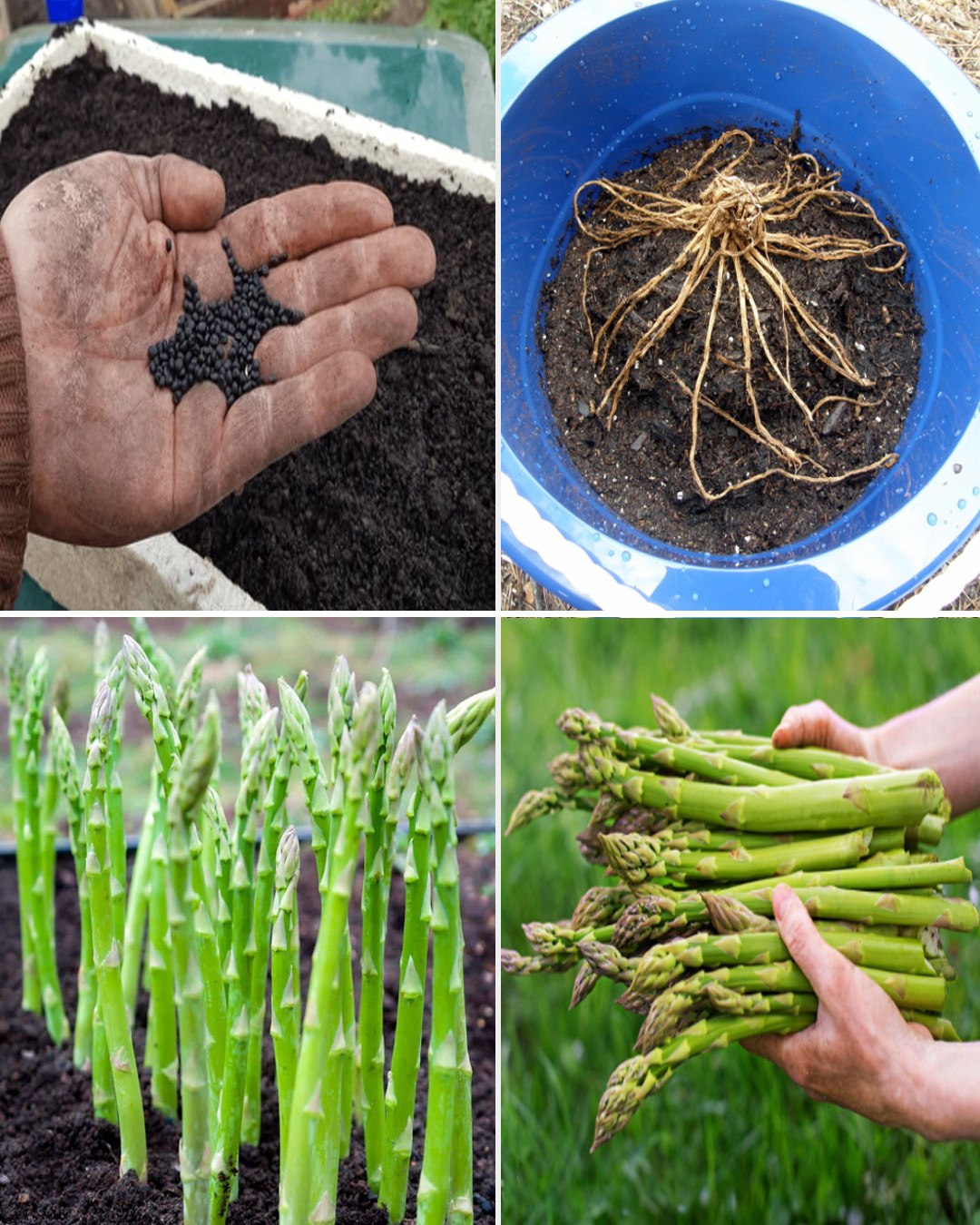Asparagus, with its delicate taste and nutritional benefits, is a beloved addition to many dishes. While it’s commonly grown in large plots or raised beds, it’s entirely possible to cultivate this versatile vegetable right at home in containers. Not only does container gardening save space, but it also allows for greater control over growing conditions, making it an ideal option for those with limited outdoor space or unfavorable soil conditions. In this guide, we’ll walk you through the steps to successfully grow asparagus from seed in containers, so you can enjoy fresh, homegrown spears right from your own patio or balcony.
Selecting Containers
Choose deep containers with a minimum depth of 12-18 inches to accommodate the long roots of asparagus. Rectangular containers work well as they provide more surface area for planting multiple seeds.
Choosing Seeds: Opt for high-quality asparagus seeds from a reputable supplier or nursery. While growing asparagus from seed requires patience, it’s a rewarding process that allows you to select the varieties you prefer.
Preparing the Soil
Asparagus thrives in well-draining soil with a slightly acidic to neutral pH (around 6.0-7.0). Use a nutrient-rich potting mix or create your own by combining equal parts of compost, perlite, and peat moss.
Sowing Seeds
Start by moistening the potting mix to ensure good seed-to-soil contact. Plant the asparagus seeds about 1/2 inch deep and 2 inches apart in the container. Cover them lightly with soil and gently pat down to secure.
Providing Optimal Conditions
Place the containers in a sunny location that receives at least 6-8 hours of sunlight per day. Asparagus prefers full sun but can tolerate partial shade. Keep the soil consistently moist but not waterlogged throughout the germination and growing process.
Thinning Seedlings
Once the seedlings emerge, thin them out, leaving the strongest ones to grow. Aim for a spacing of 6-8 inches between each plant to allow ample room for growth.
Transplanting Seedlings
As the seedlings mature and develop sturdy roots, they may outgrow their initial containers. Transplant them into larger pots or directly into the ground if space allows, ensuring each plant has enough room to spread out.
Fertilizing
Asparagus is a heavy feeder and benefits from regular fertilization. Apply a balanced, slow-release fertilizer according to the manufacturer’s instructions to provide the necessary nutrients for healthy growth.
Managing Pests and Diseases
Keep an eye out for common pests such as aphids, beetles, and slugs, and treat them promptly to prevent damage to your plants. Additionally, practice good sanitation and proper watering techniques to minimize the risk of diseases such as root rot.
Harvesting
Patience is key when growing asparagus from seed, as it can take several years for the plants to reach maturity and produce a bountiful harvest. However, once established, asparagus plants can continue to produce spears for up to 20 years. Harvest the spears when they reach 6-8 inches in height by cutting them at ground level with a sharp knife or scissors. Avoid harvesting from newly planted crowns in the first year to allow the plants to establish themselves.
By following these steps, you can successfully grow asparagus from seed at home in containers, allowing you to enjoy the fresh taste of this nutritious vegetable right from your own garden. With proper care and attention, your asparagus plants will reward you with a plentiful harvest for years to come.
